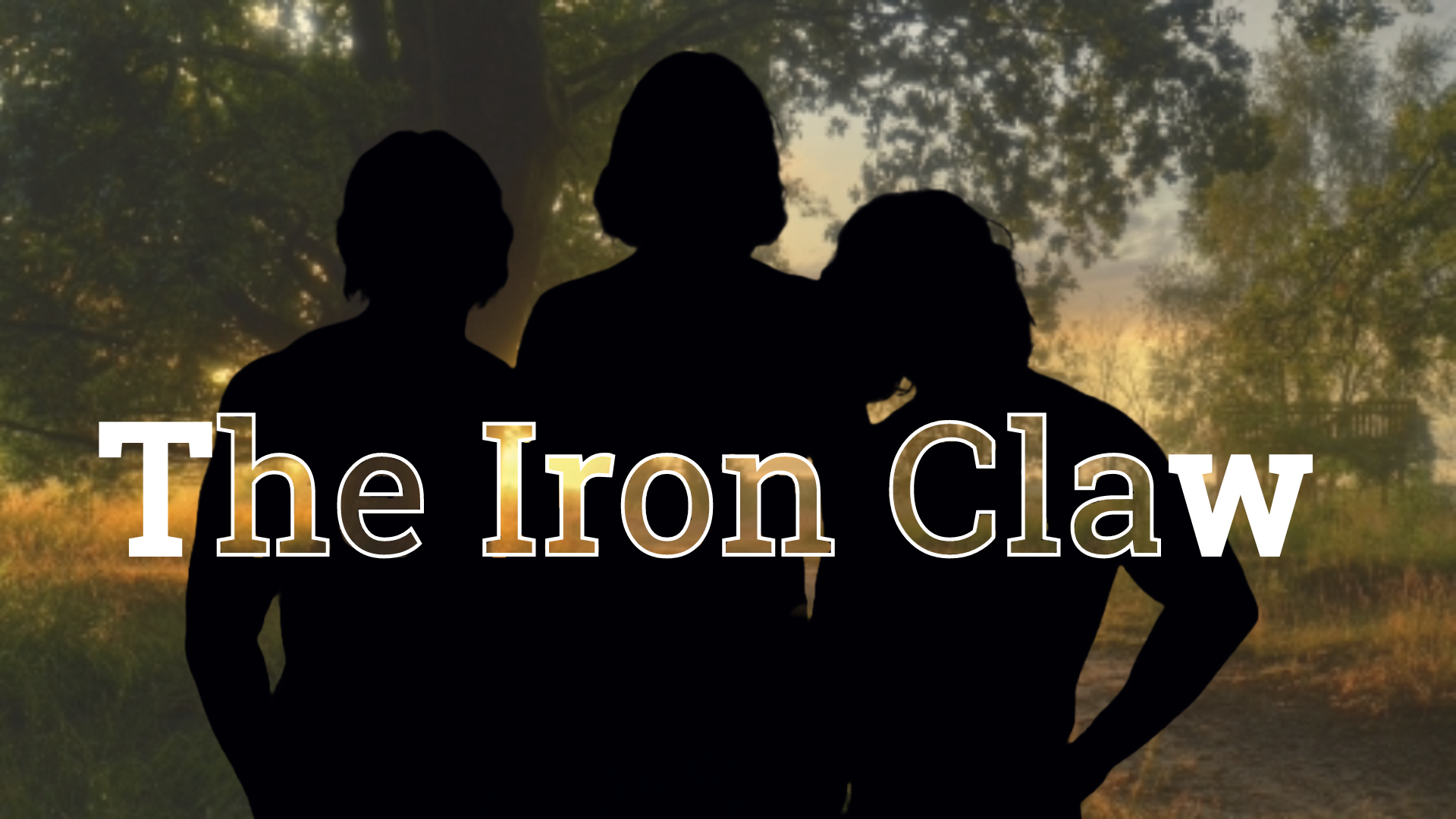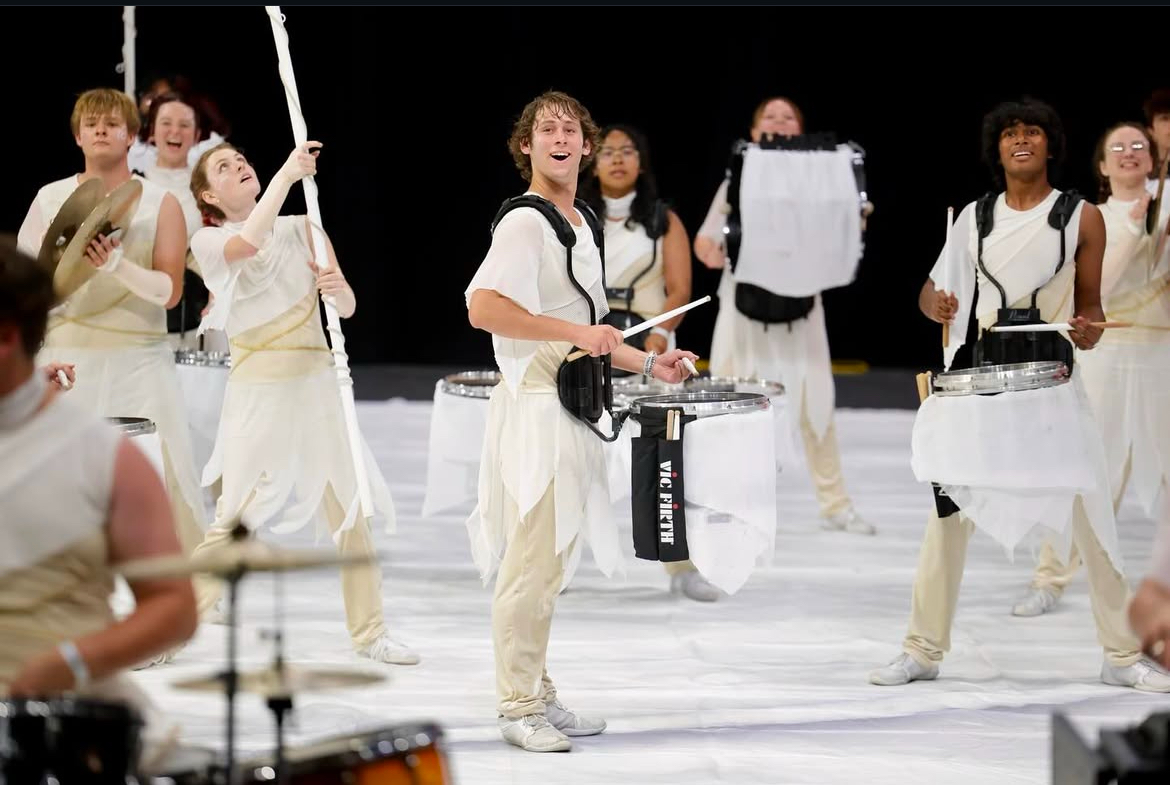By Audrey Rosendahl and Ila Crowe
Energy drinks are popular for students trying to stay awake in class. According to the National Library of Medicine, 83 percent of teens ages 13-18 consume caffeine regularly, and 96 percent drink it semi-regularly. There are many different types of energy drinks consumed by students at Ponte Vedra High School (PVHS). Are these drinks truly helpful or are they just harming the body?
Most common energy drinks include Alani, Celsius, Bloom, Red Bull, and Monster. Doctors have warned people about the ingredients contained in energy drinks. Energy drinks can cause problems for kids and teens who have a sensitivity to caffeine. “Between the ages of 12 and 18 should not consume more than 100 milligrams of caffeine in a day,” according to Seattle Hospital. Many PVHS students drink Starbucks since it is convenient. An average eight-ounce (short) Starbucks coffee contains 155-195 milligrams of caffeine, and a 20-ounce (venti) Starbucks coffee contains over 400 milligrams of caffeine.
PVHS sophomore, Lola Sqrignoli, said, “I drink energy drinks once a week if I need to. I find them harmful because they make me shake and they also keep me awake at times when I don’t want to be awake.”
The negative health effects of drinking energy drinks can be minor to extreme. These effects can include shaking, headaches and restlessness. Irregular heart rhythms can also occur, which can be extremely dangerous. According to the National Library of Medicine, 30 percent to 50 percent of adolescents consume energy drinks. These drinks have been associated with reports of diabetes, seizures, and abnormal cardiac actions.
“I drink energy drinks usually two or three times a week, and I find them helpful, especially when you are active and want an extra boost of energy to feel and train your best.”
Lily coltman (10)
There are other healthy ways to consume caffeine without all the extra sugars and toxins contained in energy drinks. For example, organic ingredients and natural coffee beans are a way to boost energy while not having to worry about the toxic and harmful components.
PVHS sophomore, Lily Coltman stated, “I drink energy drinks usually two to three times a week, and I find them helpful especially when you are active and want an extra boost of energy to feel your best and train your best.”
According to the National Library of Medicine, some ingredients that are in most energy drinks are guarana, taurine, and L-carnitine. Taurine and L-carnitine are found naturally in the human body and some foods, while guarana is a natural plant that contains different amounts of natural caffeine. These can increase alertness and energy, as well as blood pressure, heart rate and breathing. According to the Food and Drug Administration, there have been 34 deaths attributed to energy drinks. Although taurine can increase people’s energy sources, high doses of it can eventually harm people. Taurine can cause leukemia cell growth which is a form of cancer. To avoid this, some types of energy drinks such as Bloom, are considered prebiotic energy drinks. Prebiotic drinks positively affect gut health, blood levels, and the immune system. This makes it a safer option compared to a different type such as Celsius which has harmful ingredients.
Overall, energy drinks may contain some harmful ingredients that can negatively impact the body. Adolescents should not consume large amounts of caffeine in a day. Having one energy drink that does not contain poor ingredients, and occasionally boosts energy levels will not be harmful. However, having an energy drink every morning can eventually lead to negative effects in the body that can lead to long term dangers for the human body.





